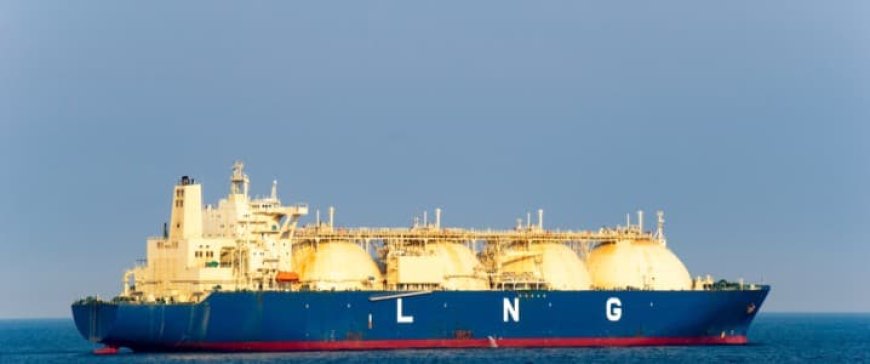U.S. LNG: Record Exports, Rising Prices, and a Looming Problem

U.S. LNG exports so far this year have smashed yet another record, prices are on the rise without sapping demand, and the outlook remains robust. But there’s a hitch: pipelines.
Exports of liquefied natural gas from the United States between January and August this year went up by 22% from the first eight months of 2024, Reuters’ Gavin Maguire reported this week, citing data from Kpler as showing exports reached 69 million tons. This was 12.4 million tons more than U.S. LNG producers exported last year. The report also noted that domestic demand for natural gas increased significantly, notably from corporate and industrial consumers.
This has naturally led to higher gas prices at home, although these are still palpably lower than the heights reached in 2022 and 2023. This made no difference to European buyers, however, because total U.S. LNG exports to Europe soared by 61% from a year earlier. The substantial increase was driven by much more depleted gas storage at the end of the latest heating season that required more purchases to refill; lower wind power generation and hydropower output, and, of course, the European Union’s pledge to buy a lot more U.S. energy to try to reduce its trade surplus with the U.S.
The cost burden of this increase in LNG imports is yet to make itself known, but in the meantime, it seems Europe will continue buying all the U.S. LNG it can get its hands on, even though prices reached an average of $8.34 per thousand cu ft over the first eight months of the year, Reuters’ Maguire reported. Prices may well continue higher, according to the Energy Information Administration, which cited data centers and LNG exports as drivers of this rise, which it sees as substantial and about to manifest this winter and next year.
Normally, the reason for rising prices is an imbalance between supply and demand. Indeed, demand for U.S. natural gas is on a strong upward trajectory both at home and abroad, so the reason for the rising prices must be supply, which has yet to catch up with demand—except supply is smashing records as well.
Reuters this week reported, citing LSEG data, that natural gas production in the Lower 48 had gone up to 108.1 billion cu ft daily since the start of August, breaking the record it set in July, at 107.9 billion cu ft. However, demand for this gas is higher, at 111.9 billion cu ft this week, per the LSEG data. This means that supply is, indeed, catching up with demand. At least it should be, but there is a problem. Pipelines.
There have been warnings before from industry executives that gas export growth needs new pipelines to help bring the commodity from the field to the LNG trains. The latest to issue those warnings was Cheniere Energy, the U.S. number-one LNG exporter.
“It’s not about the availability of gas, it’s about transportation,” Singh said. “How are we actually going to get it there?” Cheniere’s vice president and general manager of the company’s Corpus Christi facility said this week at an industry event. There are about half a dozen new liquefaction facilities currently under construction on the Gulf Coast, but construction of new pipelines is nowhere near a match for this rate of liquefaction capacity growth, as suggested by Cheniere’s Singh. “It’ll be fascinating to see, depending on where these facilities are, how they’re going to be able to get the volume that they need,” she said, adding that “You’re going to need some large lines that are going interstate to be able to do that.”
The shortage of pipelines could slow down the U.S. LNG rush and it might slow down the price inflation, which the EIA sees as leading to average Henry Hub prices of $3.90per million British thermal units in the fourth quarter of this year, up from $3.20 per mmBtu in July, rising further to $4.30 per mmBtu in 2026. “Rising natural gas prices reflect relatively flat natural gas production amid an increase in U.S. liquefied natural gas exports,” the EIA said. One reason why gas production may remain flat is precisely the absence of additional pipeline capacity to take the gas to where it is needed.
There is also the additional challenge of the Trump administration’s decision to boost self-sufficiency in LNG carriers—of which there are currently none. Under new mandates proposed by the U.S. Trade Representative (USTR), beginning in 2028, a total of 1% of America’s LNG exports must be carried via U.S.-flagged vessels. From 2029 onwards, 1% of U.S. LNG exports should be shipped on U.S.-flagged and U.S.-built vessels.
There is currently only one LNG tanker transporting U.S. gas under a U.S. flag. The industry has warned that these mandates would hinder growth in LNG exports, especially the one about locally built tankers. According to industry insiders, this would cost two to four times as much as building the carriers in South Korea or China.
By Irina Slav for Oilprice.com









































